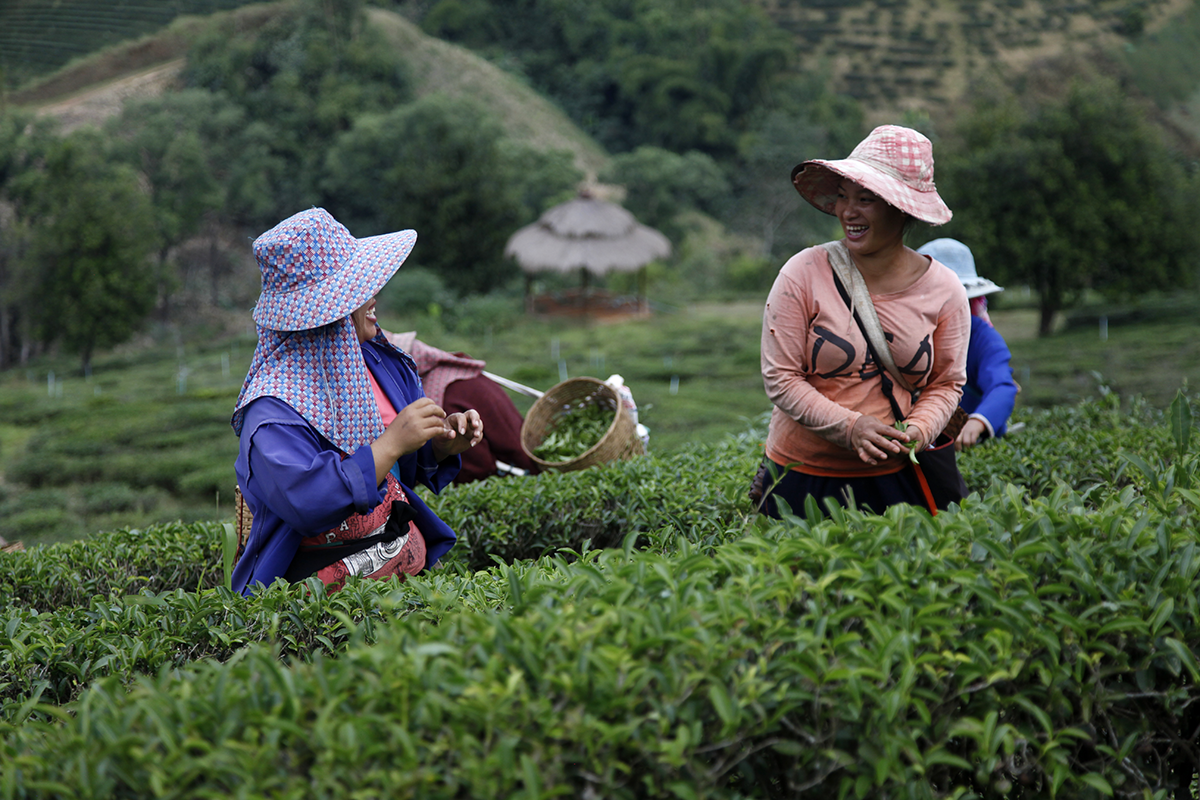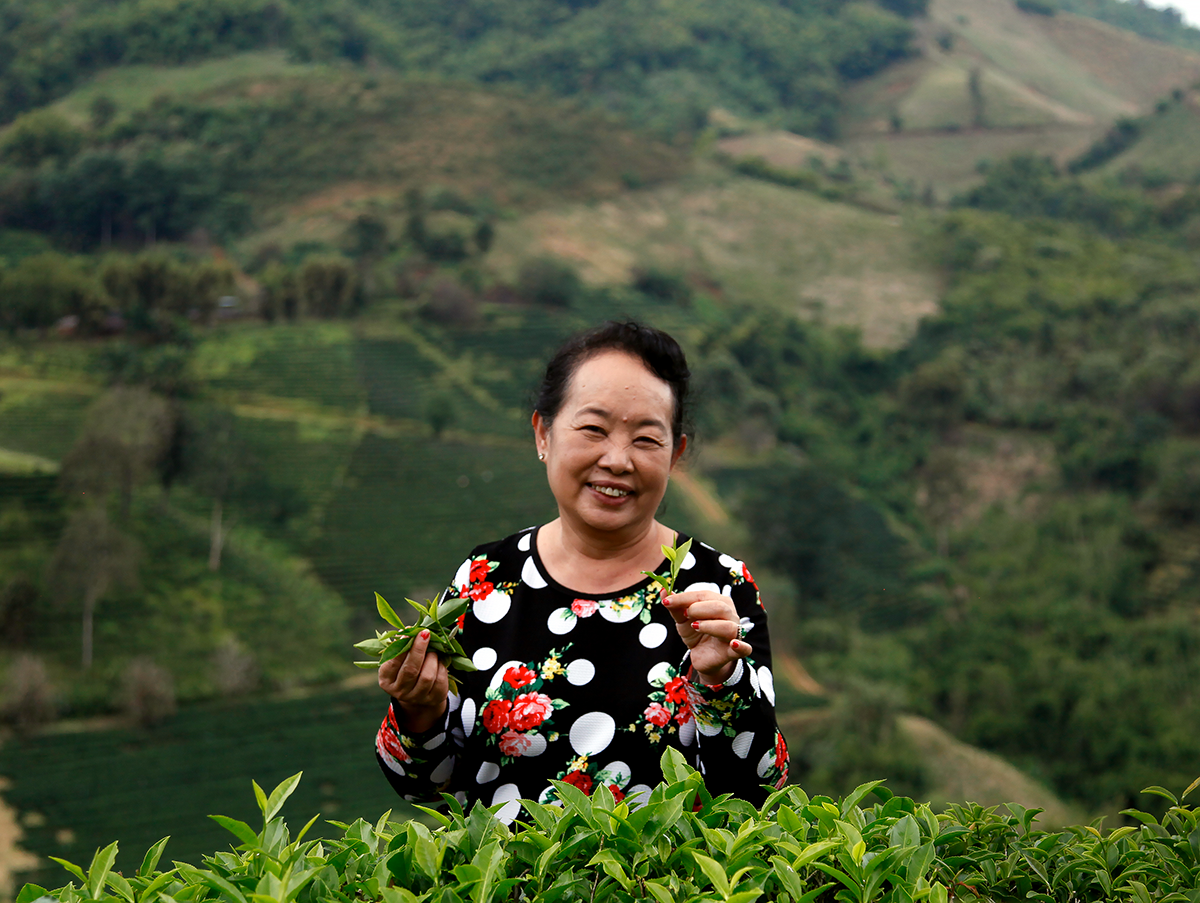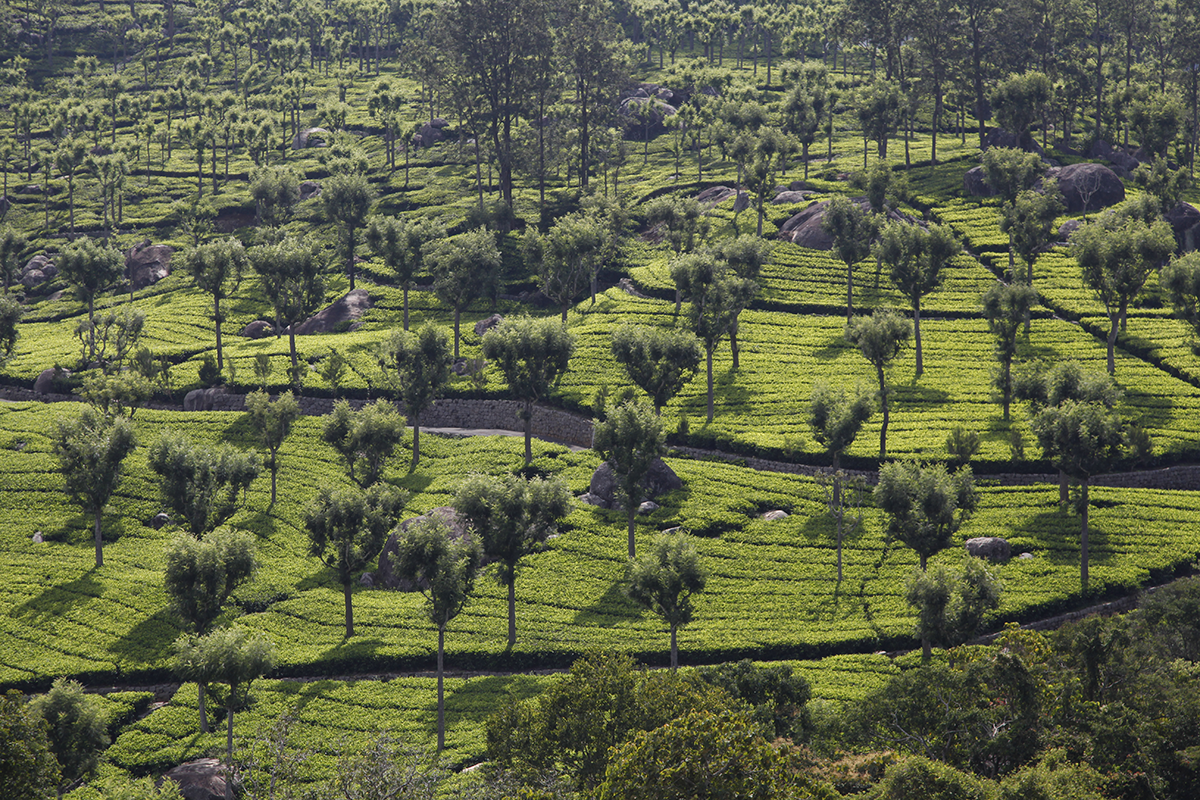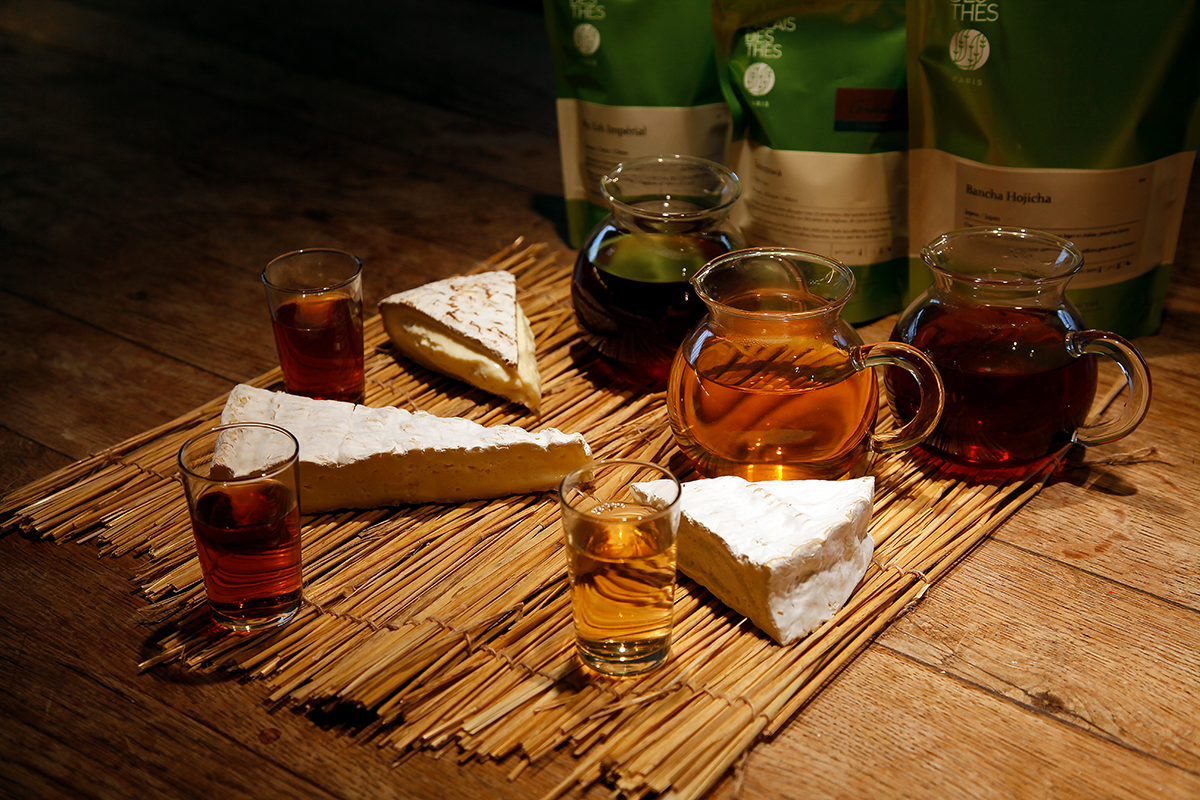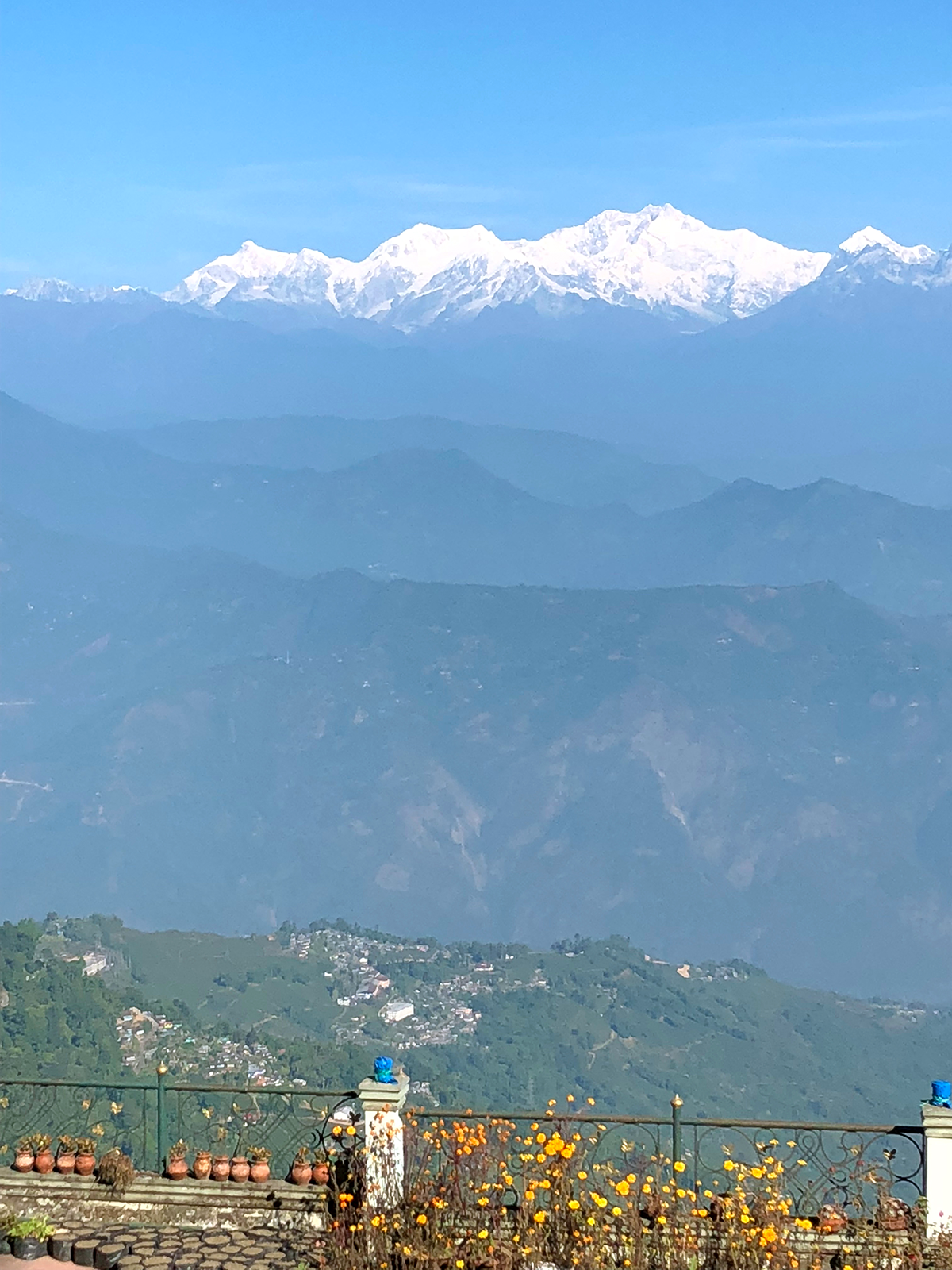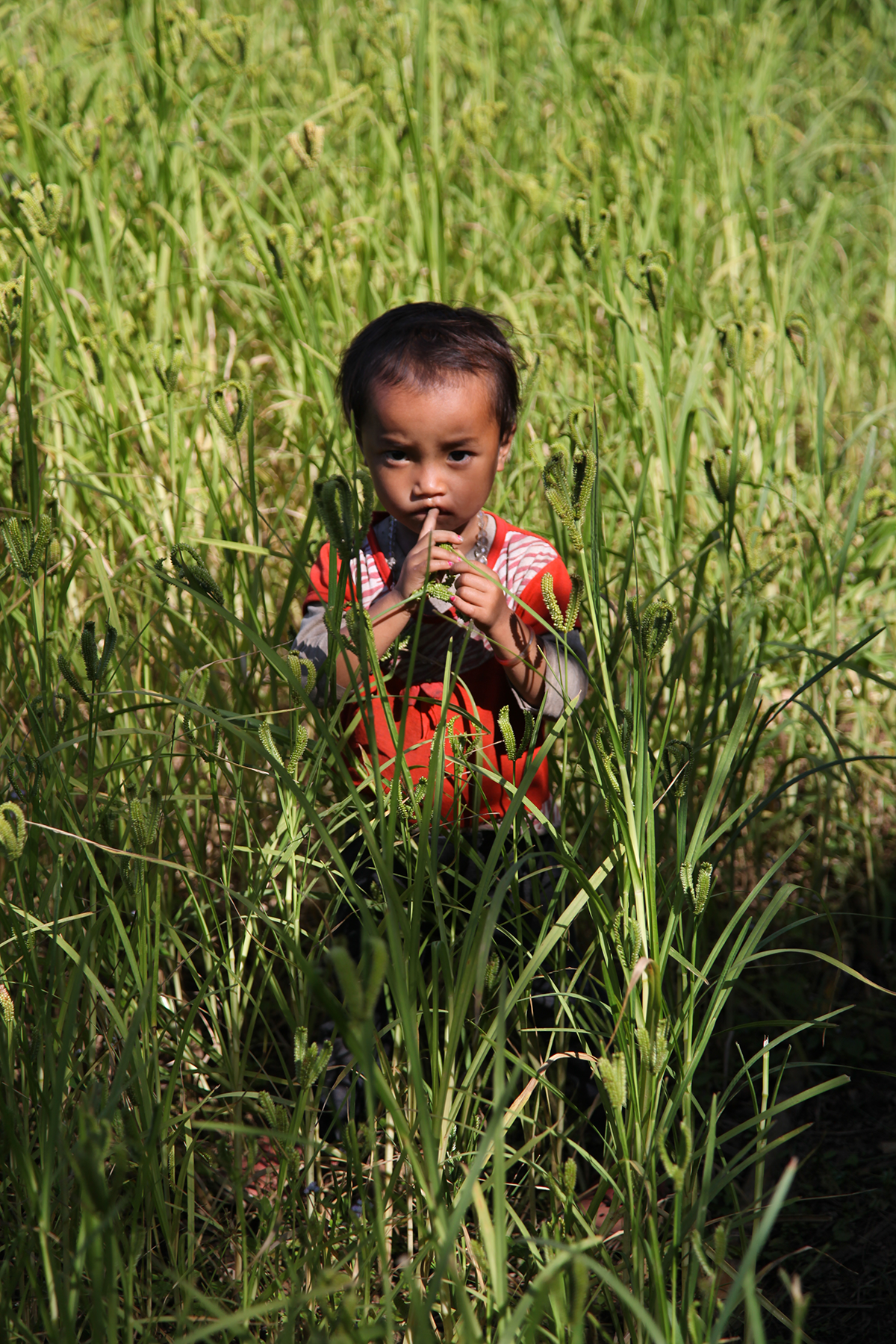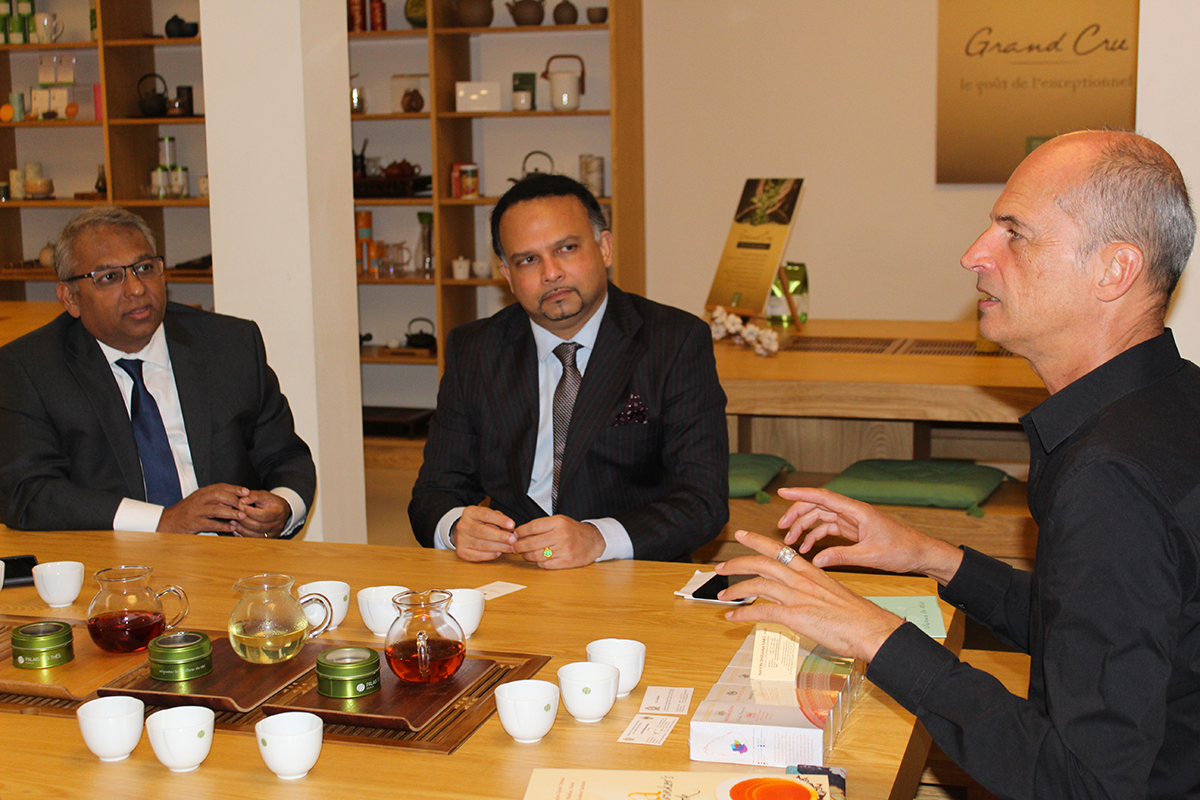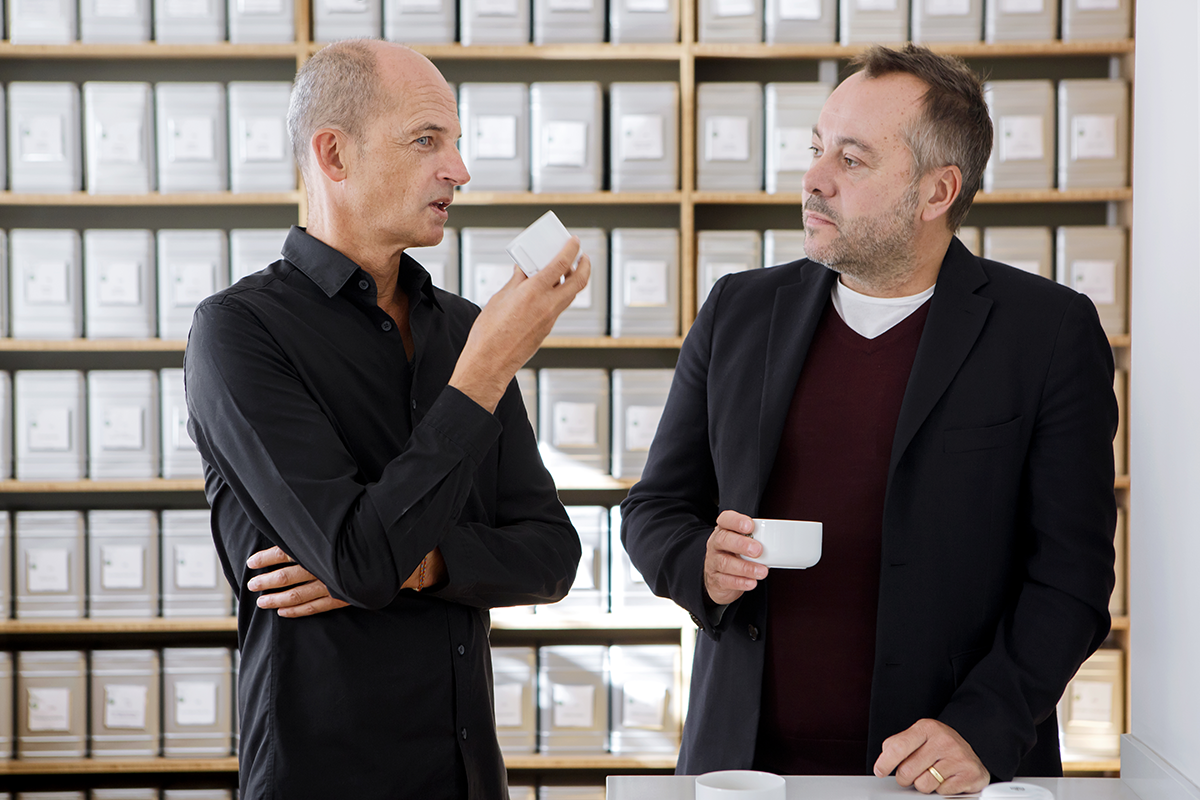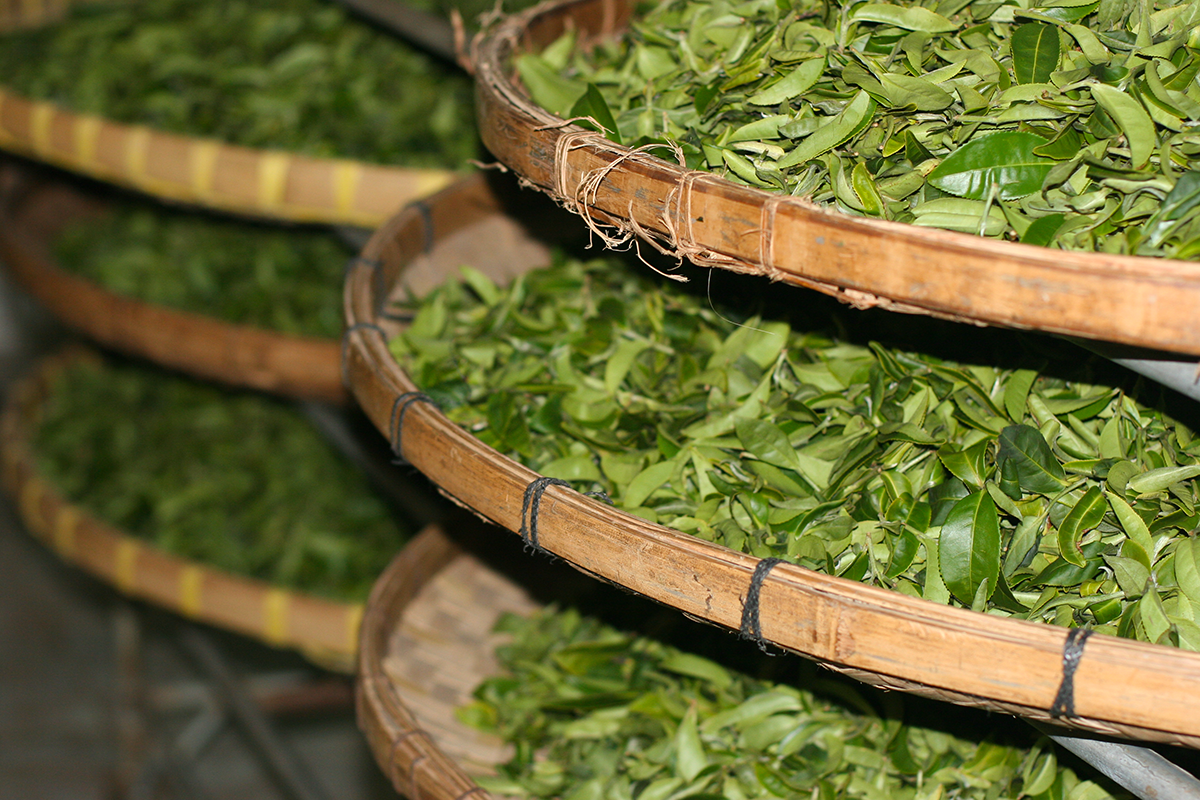When you prepare a cup of tea, you may find yourself wanting to know more about it. What sort of landscape did it grow in? Who are the people that grew and processed it? I hope to answer some of those questions in my blog! For fans of teas from northern Thailand (Milky Oolong, for example), here are the faces of the Mae Salong tea pluckers, hard at work harvesting the leaves.
ARCHIVE FOR 2018
Mrs Ming, an exceptional woman
In the world of tea, Mrs Ming is very unusual. There are very few woman in charge of a tea plantation. Not only does Mrs Ming produce some incredible Oolongs, she is also a pioneer, because she introduced tea to the area around Mae Salong. Since then, producing lightly oxidised teas in the Taiwanese style has become fashionable in this area of the Golden Triangle, on the border between Thailand and Myanmar.
I met Mrs Ming nearly ten years ago thanks to Augustin, one of my nephews who was travelling through these remote mountains on his motorbike. I’d asked him to let me know if he came across any tea plants.
Mrs Ming reserves her best teas for me – Jade Oolong, Ruby Oolong, Milky Oolong, Thai Beauty – along with that type of friendship that lasts a lifetime.
Daring and exacting, Mrs Ming never rests on her laurels. She experiments, innovates and tries out black and dark teas, with success. I have already chosen some, and soon you’ll be able to try them too.
Changing landscapes
Tea grows in many countries, but the plantations look very different from one region to another. With the gently undulating rows of tea plants, the light covering of trees for protection, and the dark rocks that punctuate the landscape, this view is recognisably southern India. Munnar (Kerala) and Coonoor (Tamil Nadu) produce teas of varying quality. Those that come from around the town of Ooty (Tamil Nadu) are the best.
Brie melts in your mouth with Bancha Hojicha
Tea and cheese make ideal partners. To go with a Brie, whether it’s from Melun, Meaux, Nangis or Montereau, I recommend a Bancha Hojicha. The woody, roasted notes of this well-known Japanese toasted tea beautifully complement the flavours of the soft cheese. And if you prefer, you could infuse the tea for an hour in water at room temperature, instead of in hot water.
It’s not easy to find the right pairing. You need to taste lots of different teas, as in this photo, where I’m comparing Pu erh Impérial, Malawi Dark and Bancha Hojicha with three different Bries, after trying many others.
Looking across the roof of the world
In Darjeeling, tea is cultivated until the end of November, give or take a couple of weeks, depending on the soil temperature. Once the temperature dips below 16°C, the tea plants enter a dormant state until the following spring. November is an ideal month to admire the third highest peak in the world, Kangchenjunga, which rises above the Himalayan foothills.
As many different teas as there are ethnic groups
For the tea connoisseur, the “Golden Triangle” is a unique region. First, it is without doubt where tea was born, and that already counts for something. And these days, on those steep, inaccessible mountain slopes, there are as many different teas as there are ethnic groups. From southern Yunnan to eastern Myanmar, via northern Laos, Thailand and Vietnam, one encounters a great variety of traditional costumes and customs. People in this region produce white, black, green, blue-green or dark tea, depending on local tastes. Some are worthy of the name “premium” tea. And there are still many farms waiting to be discovered in these endless mountains shrouded in mist and legend. It’s a real treasure trove for a tea researcher seeking out new gems!
A better world is within our grasp
What if we tried to think about our children? We all have immense power every time we spend our money. The power to make the world better. Spending money means encouraging people. Encouraging a producer, encouraging a distribution system. Encouraging good practice, encouraging healthy, unprocessed products, fairly traded, respecting people and the planet. We have the power to encourage artisans, co-operatives, farmers, town-centre shopkeepers, local producers. Nobody forces us to shop in big supermarkets, nobody forces us to push around trolleys loaded with industrially-produced foods, wrapped in plastic, containing mystery ingredients in addition to the sugar, preservatives and palm oil. We can consume better, and less. We can consume healthily. We can favour good producers.
And when we look at the labels, we might be surprised to see that the best is not always the most expensive (with tea, for example, a box of tea is often more expensive per kilo than a good quality loose-leaf tea sold by a specialist retailer). So what are we waiting for?
Encouraging growers to produce the best teas in the best conditions
Sri Lanka is a magnificent country, now at peace. The landscapes are stunning, with tea plants as far as the eye can see. The country’s best teas are produced in the south, near the remarkable Sinharaja forest – these are the low growns. Further north, the teas are manufactured more industrially, a legacy from the colonial days. On these high northern plateaus, producers could make better teas if they stopped using machines called rotorvanes, which maul the leaves to accelerate the oxidation process. It would also be better, in this region where the climate and scenery remind Scottish visitors of their own country, to come across more people who own their land and make their own tea, rather than employees – often women – working in less than ideal conditions. A fair system works very well for the low growns (for example at New Vithanakande, the most famous garden in that region).
During the visit to France by Navin Dissanayake, Sri Lanka’s minister for the tea industry, accompanied by Buddhi K. Athauda, the Sri Lankan ambassador to France, we enjoyed an informal tasting and friendly discussion at their request to help them understand how to make what used to be known as Ceylon teas – Sri Lankan teas – better known in France.
The perfect object for tasting tea
To create the ideal tasting conditions, you need quality tea, you have to pay attention to the quality and the temperature of the water, the brewing time and, of course, the recipient. Avoid large teapots, because they are detrimental to the quality of infusion. To get the very best out of your tea, including and above all the rarest teas of all, the material and the size of the recipient are essential. Here is an inspirational tasting session for the famous designer, Patrick Norguet. His goal is to understand my trade, to understand the imperatives and the expectations, so that, one day, he can create the ideal object for tasting tea. I am looking forward to it.
Time to sweat
Black teas are oxidised; green teas aren’t: that’s the difference. With oolongs, it’s more complicated. They can be oxidised a little, a lot, or zealously. Their oxidation rate can range from 10% to 70%. Of course, a lightly oxidised oolong will have a more vegetal aroma, while a more oxidised oolong will develop woody, fruity notes. Whatever the level of oxidation required, the processing steps are the same: withering, sweating, roasting, rolling, then drying. The sweating stage is essential. It involves alternating periods of stirring the leaves with periods of resting them, as illustrated by this photo. The aim of this stage is to encourage oxidation while removing the natural moisture from the leaves.

